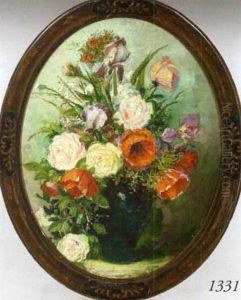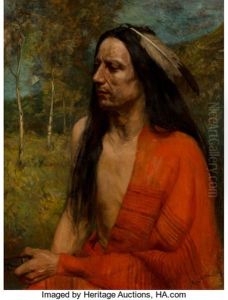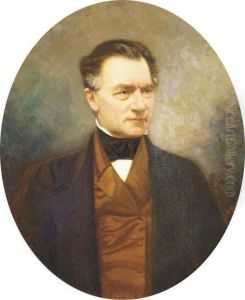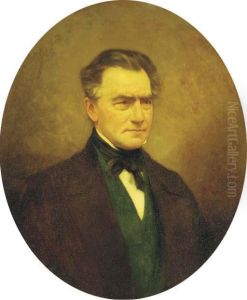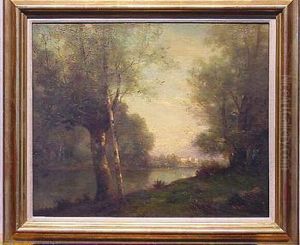Richard Creifelds Paintings
Richard Creifelds was an American painter known for his impressionistic landscapes, marine paintings, and portraits. Born in 1853, his art journey began at a young age, influenced by the vibrant art scene of the late 19th century. Creifelds received formal art education in Europe, which was a common practice among aspiring American artists of his time. He studied at the Royal Academy in Munich, Germany, a significant art hub that attracted many international students. His time in Europe was crucial in shaping his artistic style, exposing him to various influences and techniques that would later define his work.
After returning to the United States, Creifelds became an active member of the American art community. He settled in New York City, where he immersed himself in the bustling art scene. His work gained recognition for its unique blend of European impressionism and American realism, capturing the essence of both worlds. Creifelds was adept at portraying the subtle interplay of light and shadow, a hallmark of impressionistic art, while maintaining a realistic depiction of his subjects. This dual approach allowed his work to resonate with a wide audience, bridging the gap between traditional and modern art tastes.
Throughout his career, Creifelds exhibited his work in various prestigious venues, including the National Academy of Design and the Pennsylvania Academy of the Fine Arts. He was also a member of several art organizations, which played a pivotal role in the promotion of art and artists in the United States during that era. His contributions to the American art scene were not limited to his paintings; he was also involved in art education, sharing his knowledge and skills with the next generation of artists.
Richard Creifelds' legacy is marked by his ability to capture the American landscape and its people with a sensitivity and vibrancy that was ahead of his time. His paintings remain a testament to the enduring appeal of impressionism and its capacity to evoke emotion and capture the transient beauty of the world. Creifelds passed away in 1939, leaving behind a body of work that continues to be celebrated for its artistic merit and historical significance.





